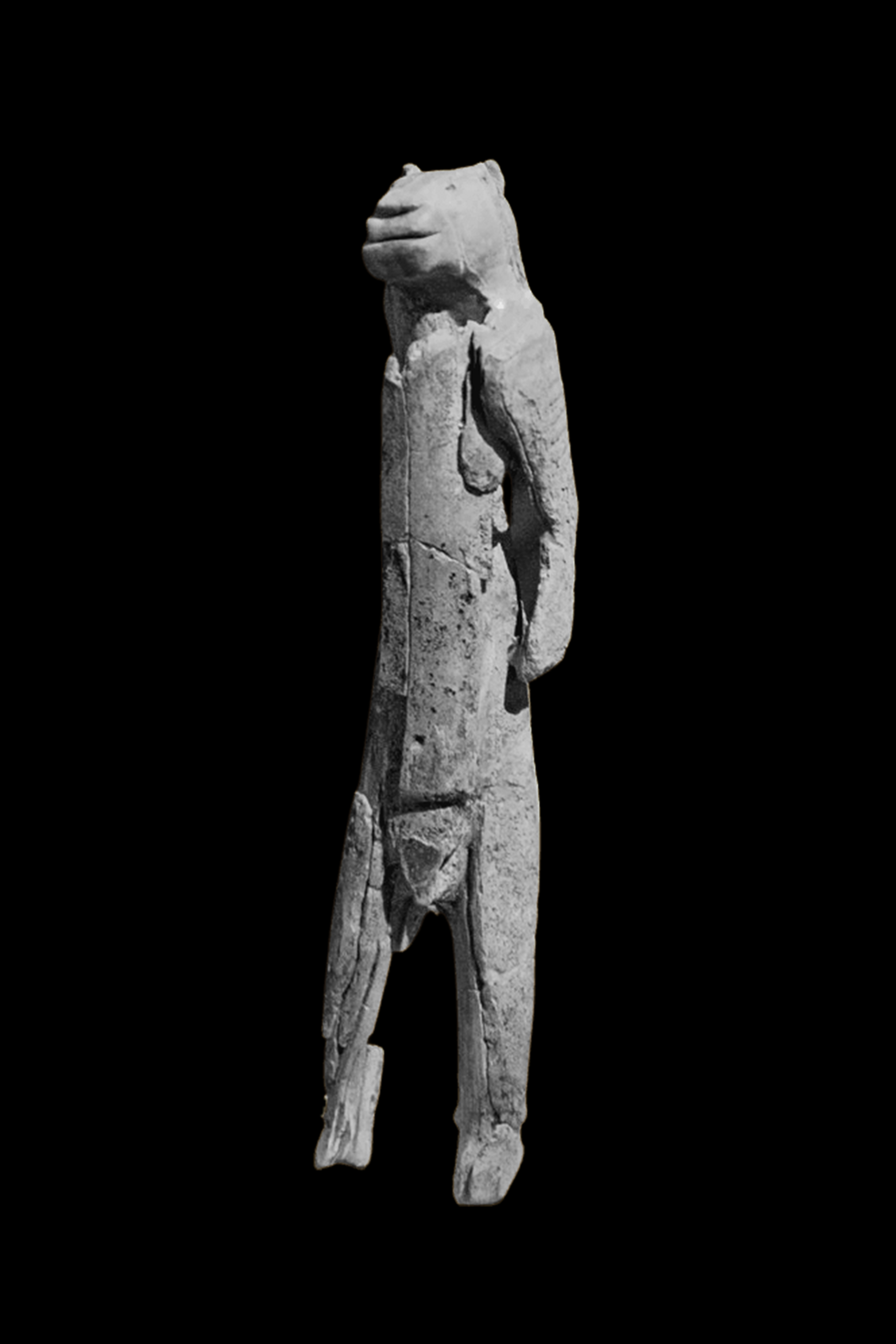COLLECTIVE IMAGINATION

about human being
What makes us human? What characterises us and will survive us?
The cognitive revolution has enabled Homo Sapiens to do very special things. From the years -70,000 to 30,000 BC, Homo Sapiens designed hunting instruments, boats, oil lamps or even needles to make clothes. It is documented that the first art objects and jewellery date from this period. The Lion Man is a statuette from the Stadel cave, which has been dated to around 32,000 BC. It consists of a human body and an animal head. animal. One of the first examples of art, it is also probably one of the first examples of religion and especially of the capacity of the human mind to invent things that do not really exist.
One of the characteristics of our language is that we can talk about these things that we have invented without ever having seen them. What is even more remarkable is that we can do this collectively. We can share ideas, build fictions together and believe in the same concepts. Two strangers can cooperate simply because they have common beliefs, such as the same nationality or the same religion. Yet there are no real gods, nations, laws, time units or money. These are simply concepts that we have invented. Abraham Maslow, an American psychologist, ranks the need to belong after physiological and security needs. We need to be part of a group and the concepts we invent allow us to create this feeling of belonging.
Unknown, Human with feline head, ca. 30,000–28,000 B.C.E